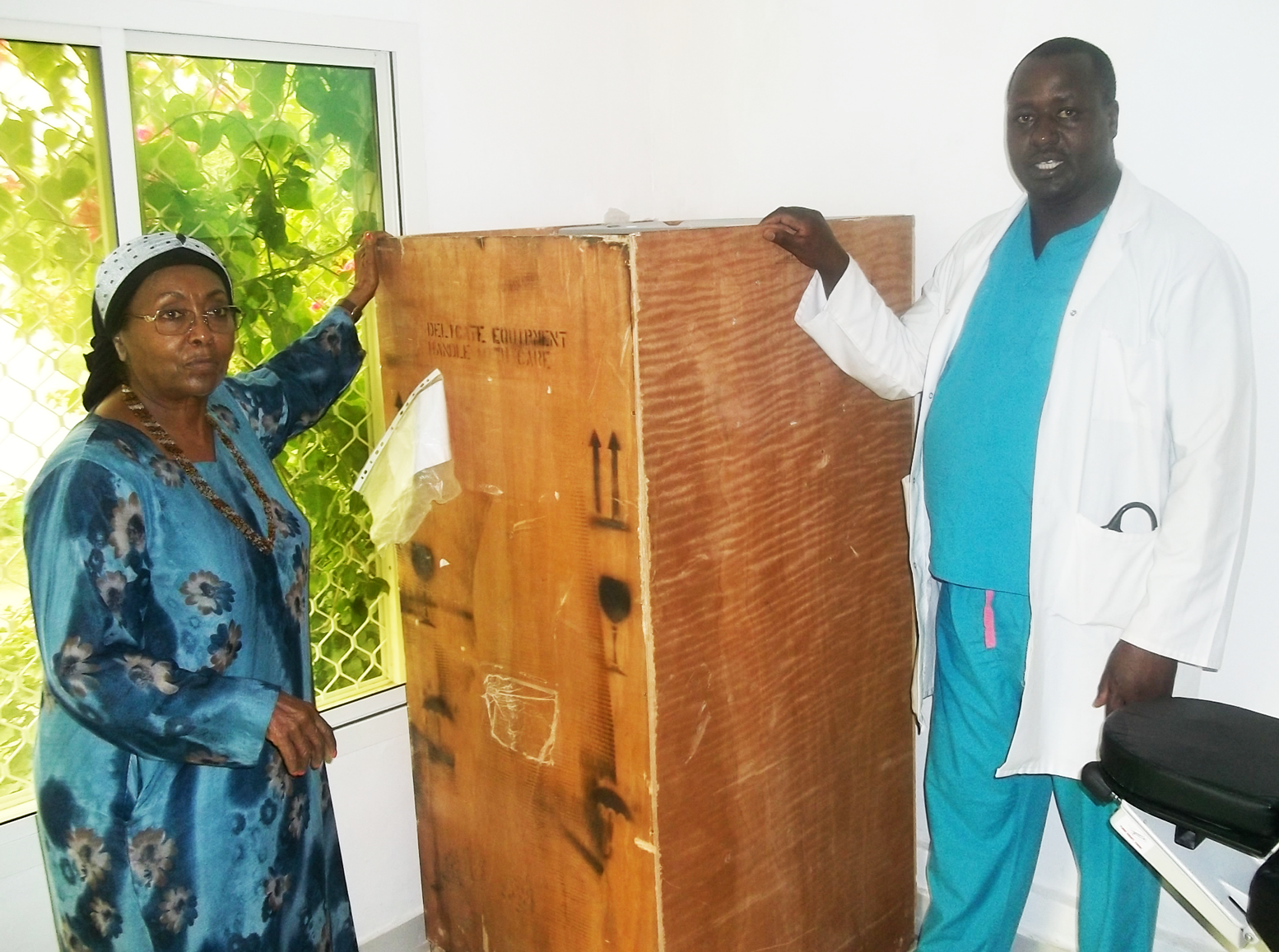
Anaesthesia Champions: Hosea Cheruiyot Kiptoo (Somaliland)



This summer, as part of our “Anaesthesia Champions” series, we are featuring RNA (Resident Nurse Anaesthetist), Hosea Cheruiyot Kiptoo, who is currently working at the Edna Adan University Hospital in Somaliland. Hosea is originally from Nairobi, Kenya and was accepted to Edna’s training program for nurse anaesthetists, where he started working this past January.
We were introduced to Hosea through Mrs. Edna Adan Ismail, who had this to say about Hosea – “He is a good teacher, conscientious and very hard-working. I have had anaethetists working with us during previous surgical camps and he is by far the best.” We are looking forward to working with Hosea on our upcoming trip to Hargeisa next week and are proud to feature him as an “Anaesthesia Champion.”
How did you decide to specialize in anaesthesia?
I developed an interest in anaesthesia when I was doing my nursing training. During my operating theatre rotation, I saw how a patient was being put to sleep and later on would wake up. This made me to be very curious on how it is done and made to be very close to the anesthetist every time a patient was being anesthetized. After the end of my four weeks in the operating theatre, I felt like I should continue staying but because I was a student, I had no choice but to rotate in other clinical areas because I had objectives to meet as a student. After my qualification, I was posted to a hospital that had one anesthetist and needed someone who would work in theatre mainly to assist the anesthetist especially in patient recovery and preparing anesthesia equipment. I did a lot of good work in my duties and showed a lot of potential in anesthesia. Both the surgeon and the anesthetist recommended that I be trained as an anesthetist. After working for seven months, the hospital management decided to send me for anesthesia training at Kijabe Hospital in Kenya, and that is where I did my training. I did so well in the training and later on after I had qualified, my professor recommended me to be one of the trainers.
What do you see is the greatest challenge in the delivery of safe anaesthesia in Somaliland?
The greatest challenge is lack of anesthesia equipment and appropriately trained anesthesia providers. The country has no formally trained anesthesia providers, those who administer anesthesia have learned on the job. People must be trained so as to be safe and people cannot be safe when they do not have the right equipment to use. I was very surprised when I visited one of the government hospitals to find that there are four non-functional anesthesia machines. The reasons why they are non-functional is that they broke down and no one knows how to fix, there are no oxygen tanks with regulators, there is no soda-lime, the oxygen hose pipe was cut. Etc. The development of equipment which are simple and require minimal servicing should be advocated for.
Can you share an experience where your equipment failed, jeopardizing the safety of the patient?
I remember I was in the middle of administering anesthesia to a baby who was on prone position undergoing myelomeningocele closure. There was an oxygen failure from the main pipeline supply which took the biomedical personnel some longer time to fix. The E-Cylinders in all the machines were empty, the only thing I had was an ambu- bag which I used to ventilate the baby but I would not keep the baby asleep because there is no way would give the inhalational agent. Later on I got a portable oxygen cylinder which I used to deliver oxygen to the baby but I had to give other intravenous agents to the baby to keep him asleep the entire remaining part of the operation.
What impact do you see the UAM can have on making surgery safer in hospital around the world?
It is very difficult and expensive to fill up the oxygen cylinders in most rural places and with the introduction of UAM, the worry of lack of oxygen is no longer a problem. It has also cut down the costs of buying oxygen. The use of closed circuit anesthesia machines require soda lime which is also another cost. UAM does not require this. Even with the availability of soda lime, some anesthesia providers are still not keen on when to change it. The UAM has taken care of this.
What feedback have you received from the anaesthesia providers about the UAM?
(NB: The UAM will be installed by the Gradian team at the Edna Adan University Hospital in Hargeisa, Somaliland during the last week of June. Hosea was introduced to the UAM at our recent UAM User Forum in Cairo, Egypt. We will work with Hosea and the team of provider’s at Edna’s Hospital next week!)
The few that I interacted with said that the machine is simple and easy to use. In case of electricity failure, they would still finish up with most of the cases that they were doing before the oxygen went off this is something that you cannot do with the other anesthesia machines. Those that I talked to said they have not experienced any malfunction with the machine. One user from Kenya said most of the anesthetists wanted a way of mechanically ventilating* the patient, he gave an example of one case when he was doing an obese patient and had difficulty ventilating.

*Gradian will introduce a ventilator to the UAM within this year. Stay tuned for more details.